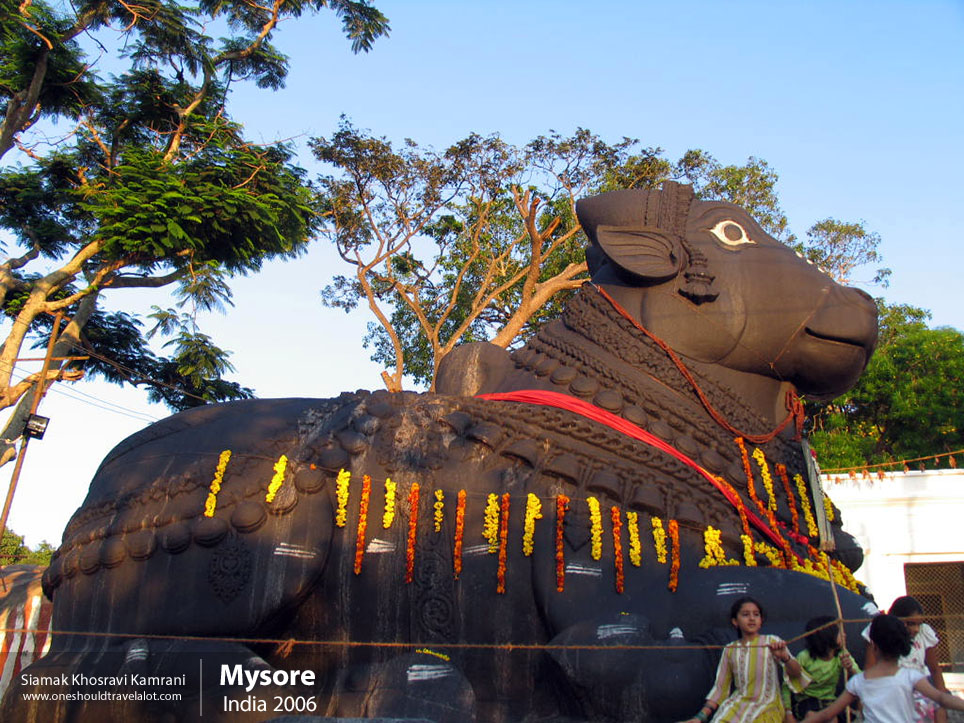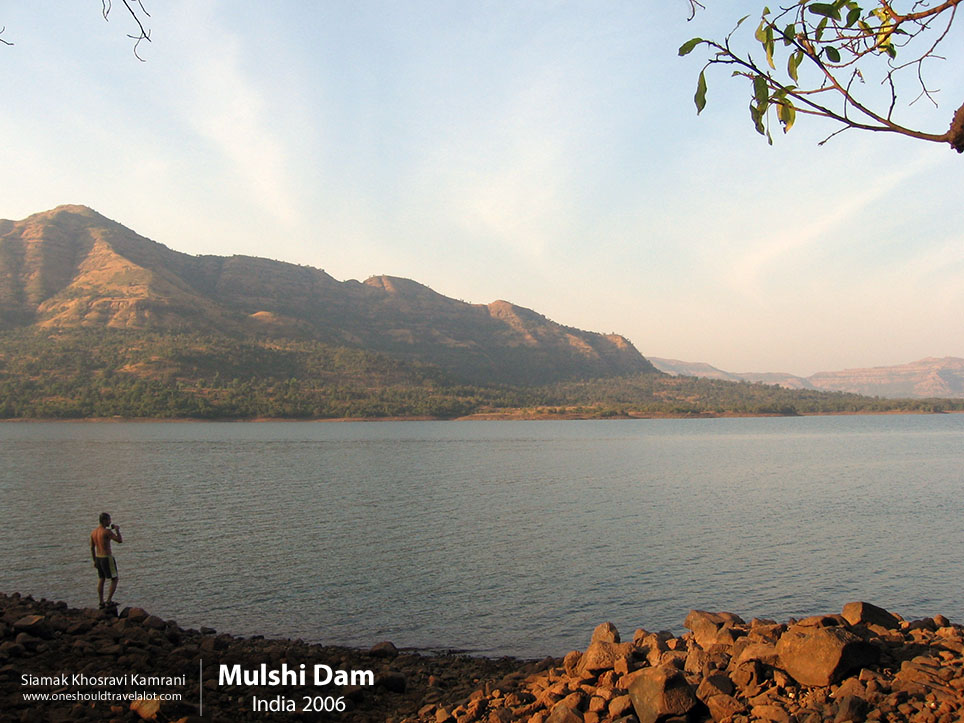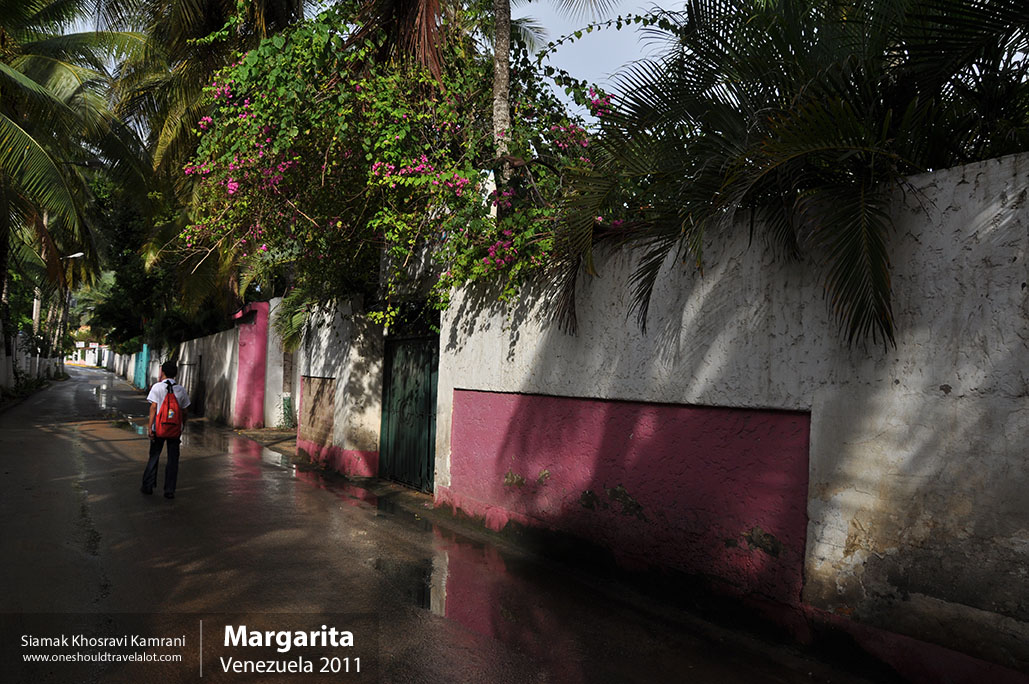Exploring Kanheri: A Photographer’s Journey into the Heart of Mumbai’s Ancient Heritage
The First Glimpse of Kanheri: A City Hidden in History
As the sun began to rise over the bustling metropolis of Mumbai, I found myself on the cusp of a journey back in time. My destination was Kanheri, a place that promised to unveil a slice of India’s ancient heritage, nestled within the verdant expanse of Sanjay Gandhi National Park. The city’s name, derived from the Sanskrit word ‘Krishnagiri’ meaning ‘black mountain,’ hinted at the basalt rock that would dominate my exploration.
Arrival and First Impressions
Entering the park was like stepping into another world. The cacophony of Mumbai’s streets faded away, replaced by the soothing symphony of birdsong and rustling leaves. The lush greenery enveloped me, offering a cool respite from the city’s heat. As I ventured deeper, the path led me to the base of the Kanheri Caves, a network of rock-cut monuments that date back to the first century BCE.
The Enchanting Kanheri Caves
With my camera ready, I began my ascent, each step bringing me closer to the marvels of ancient craftsmanship. The caves, over a hundred in number, were a testament to the skill and dedication of the Buddhist monks who had once called this place home. They had transformed the black basalt rock into intricate carvings and stupas, creating a sanctuary for meditation and learning.
Cave 3: The Grand Chaitya
One of the most striking caves was Cave 3, known as the Grand Chaitya. As I entered, the vastness of the hall took my breath away. Tall pillars lined the sides, leading my eyes to the stupa at the far end, bathed in the soft light filtering through a massive horseshoe-shaped window. The air inside was cool and carried a sense of tranquility, perfect for capturing the serene ambiance through my lens.
The Cultural Mosaic of Kanheri
Kanheri is not just about ancient caves; it’s a vibrant tapestry of cultures, languages, and traditions. The local guides, fluent in Marathi, Hindi, and English, enriched my understanding of the site’s historical significance. Their stories brought to life the monks’ daily routines and the caves’ transformation over centuries.
The Blend of Traditions
Walking through Kanheri, I encountered groups of school children on educational trips, families on leisurely outings, and foreign tourists drawn by the allure of ancient India. Each group brought its unique energy, creating a dynamic blend of past and present. I was particularly fascinated by the local traditions that had evolved around the caves. Offerings of flowers and incense at small shrines highlighted the enduring spiritual significance of this place.
Capturing Kanheri: A Photographer’s Delight
Kanheri offered endless opportunities for photography. The play of light and shadow in the caves, the intricate carvings on the walls, and the lush greenery outside created a rich palette for any photographer. I spent hours capturing the delicate details of Buddha statues, the majestic pillars, and the serene landscapes surrounding the caves.
The People of Kanheri
Interacting with the locals was one of the highlights of my visit. The park staff, passionate about preserving this heritage site, shared fascinating anecdotes about the discoveries made here. Their pride in Kanheri was palpable, and it added depth to my photographs, making each shot more meaningful.
The Modern Touch: Kanheri’s Role in Today’s World
Kanheri is a living heritage site, seamlessly blending its ancient roots with the modern world. The conservation efforts, supported by the Archaeological Survey of India, ensure that this treasure remains intact for future generations. Informational boards and guided tours make the site accessible to all, fostering a deeper appreciation for India’s rich history.
Reflections on Societal Conditions
Mumbai, a city of contrasts, was perfectly encapsulated in Kanheri. The tranquility of the caves contrasted sharply with the city’s relentless pace. It was a reminder of the importance of preserving our cultural heritage amidst rapid urbanization. The standard of living around Kanheri seemed modest, yet the sense of community and pride in their heritage was immense.
Concluding the Journey
As the day drew to a close, I sat on a rock overlooking the forested landscape, reflecting on my journey. Kanheri had offered more than just visual splendor; it had provided a profound connection to India’s spiritual and cultural roots. The experience left me with a deep sense of gratitude and a renewed commitment to capturing the world’s hidden gems through my lens.
Practical Tips for Future Visitors
- Best Time to Visit: Early morning to avoid the crowds and the heat.
- What to Bring: Comfortable walking shoes, water, and a good camera.
- Local Etiquette: Respect the sanctity of the caves, avoid loud noises, and do not touch the carvings.
- Guided Tours: Highly recommended to gain deeper insights into the history and significance of the site.



